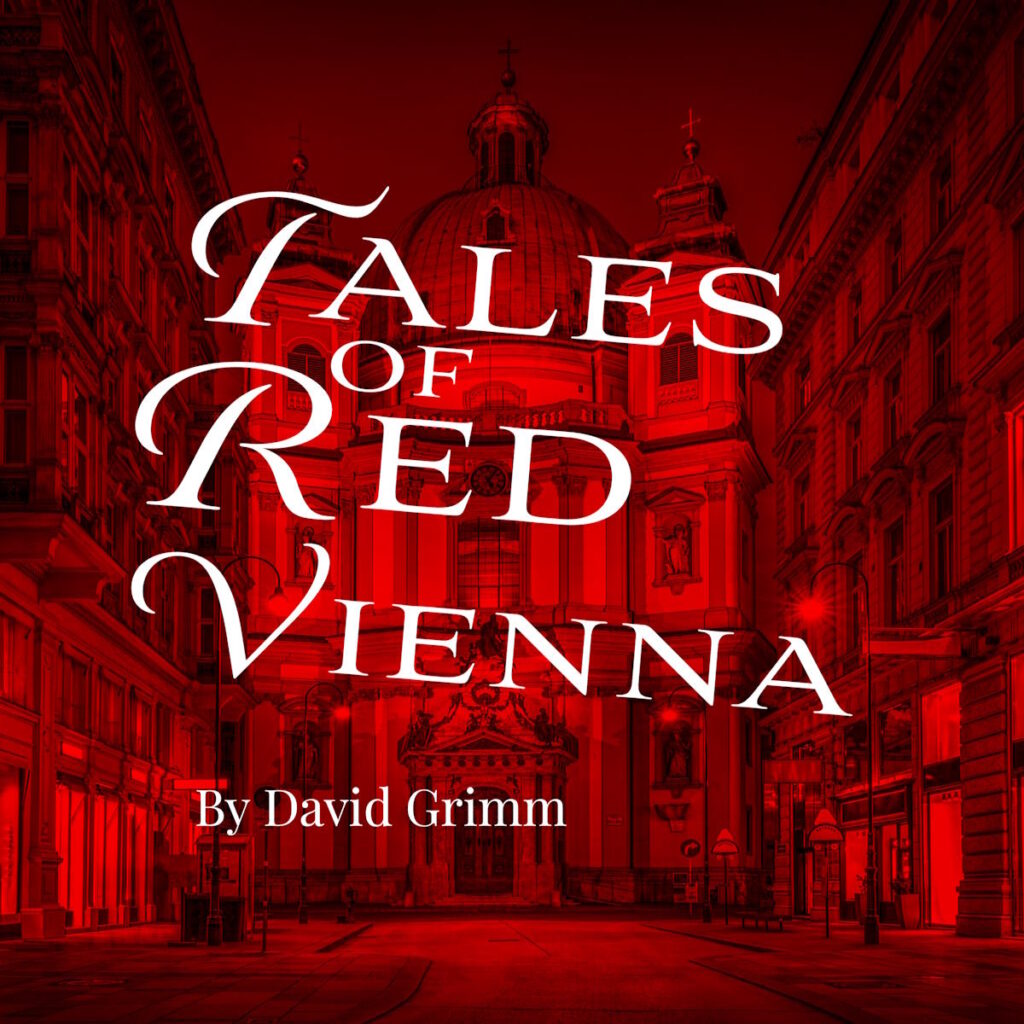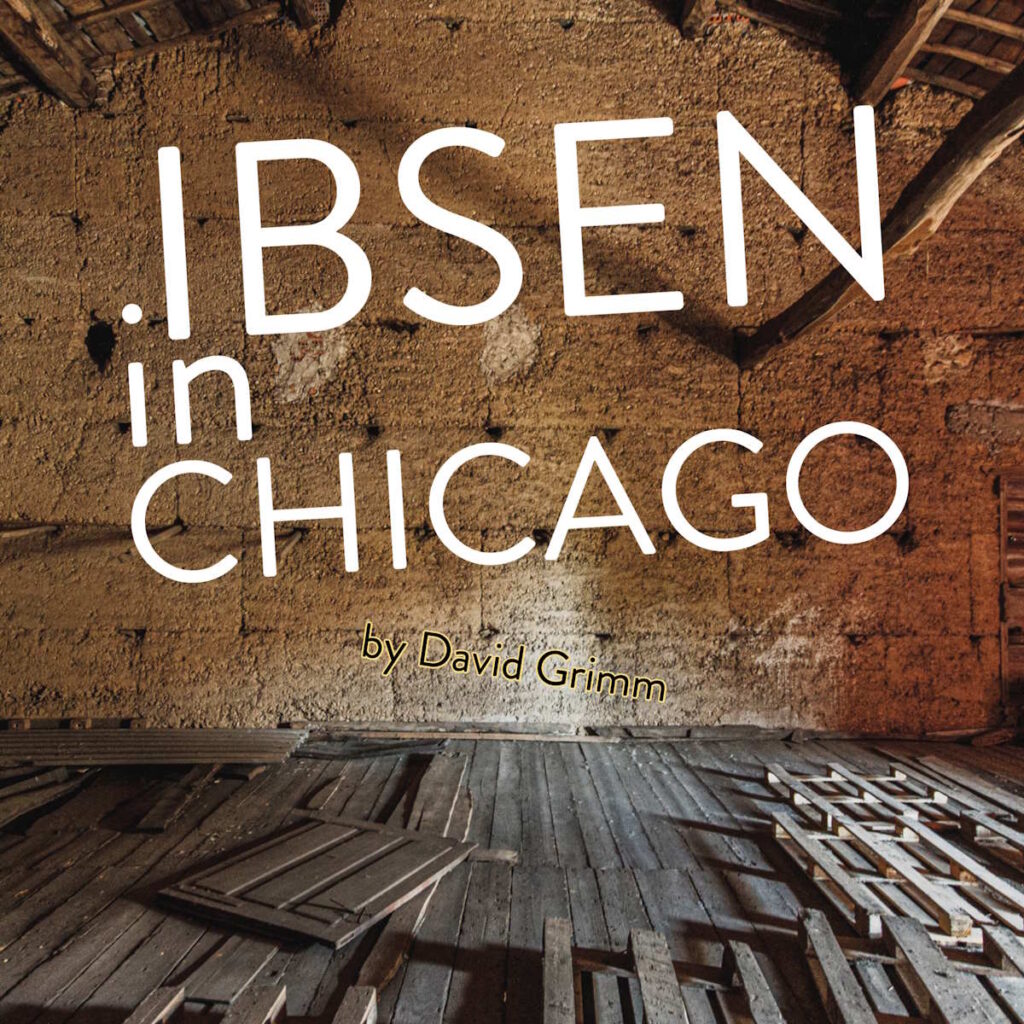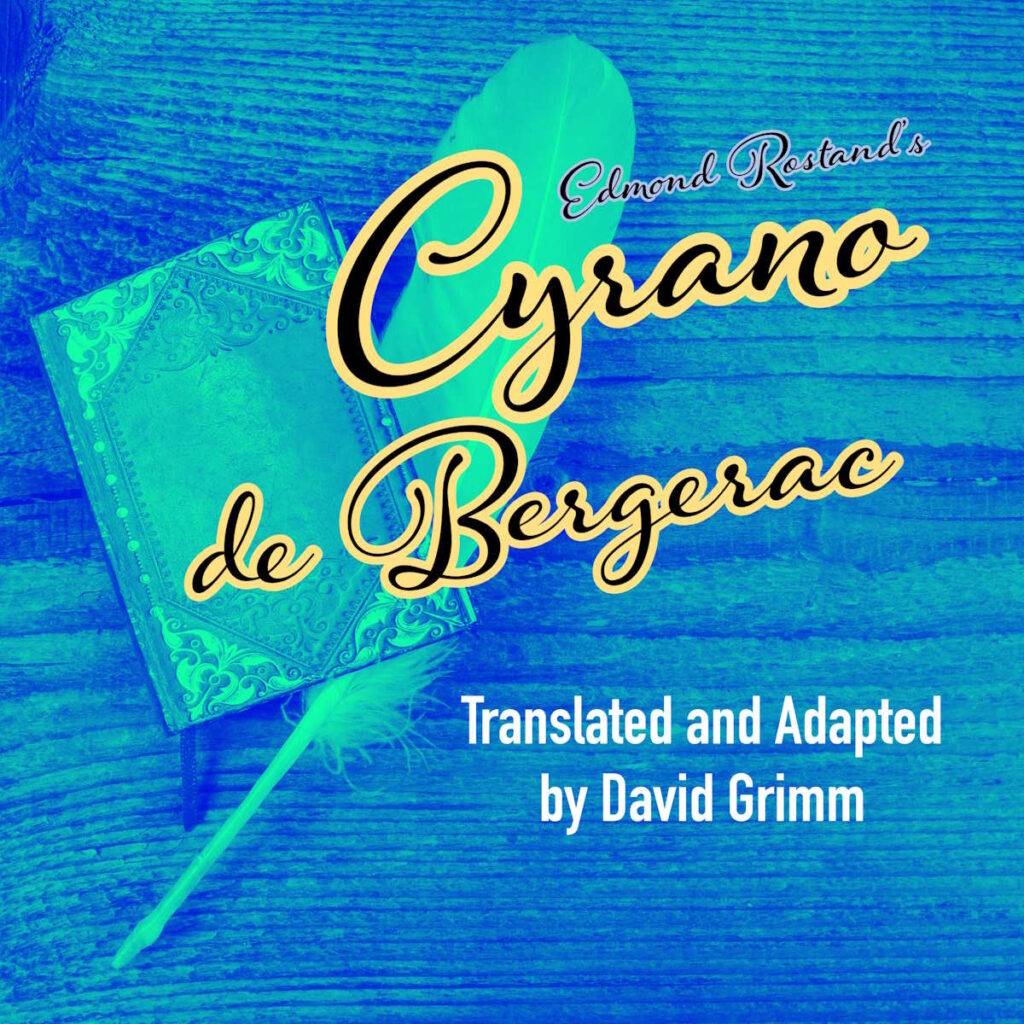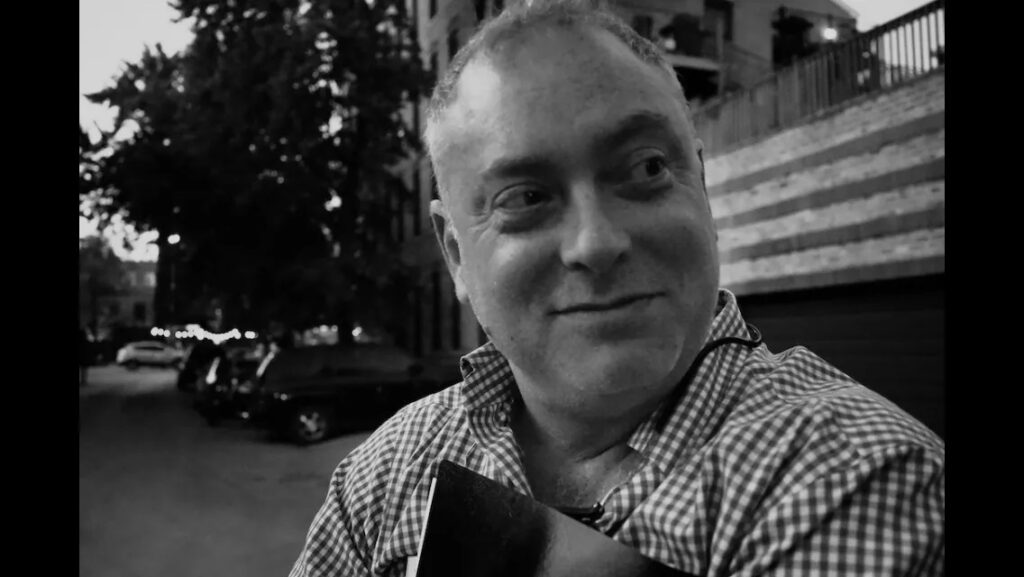As David Grimm adds three new plays to the TRW Plays collection (TALES FROM RED VIENNA, IBSEN IN CHICAGO, and CYRANO DE BERGERAC), he spends some time with TRW to discuss these titles, the importance of recovery in art, and what his job might be in another life. (Hint: he does it in this life too!)
KATIE STOTTLEMIRE: Let’s start with TALES FROM RED VIENNA. It takes place in the 1920s, and the struggles of that time seem radically different from the world we live in at present. For you, what makes this play vital for today’s audiences?
DAVID GRIMM: Although the play is set in 1920 as Germany tried to recover from WW1, the play was actually inspired by very immediate circumstances (at least at the time I wrote it around 2010). Both the Iraq and Afghanistan Wars were dragging on with no end in sight, with mounting American casualties, and many of those widowed by the war were falling through the cracks. Their lives had been wrapped up in supporting those who served our country, and then, with death – nothing! I was also inspired by German Expressionism – specifically those paintings of WW1 war widows in full mourning, walking the streets as prostitutes to make ends meet. The image catapulted the play into existence, you might say. Additionally, we were approaching the centenary of World War 1 (which, at the time, was called, “The war to end all wars.” Hm.). At any rate, my play is about recovery; about moving on from mourning and loss. It’s about rediscovering life and celebrating it while we have it.
KATIE: Stories of recovery are especially important now. TALES FROM RED VIENNA and IBSEN IN CHICAGO both feature strong and unique female characters, and the tension arises from conflict in their relationships and well as class differences. How did you balance these two tensions in your writing?
DAVID: In a country such as ours, devoted to the making of money (that is, after all, what Capitalism is), it always surprises me when people point out that I write about class. How can one not? Class is ever present in our daily lives and in our politics. Despite the claims of the American Dream, America is not a classless society. Gender and race, two of the most important issues to explore in art today, are inextricably bound up with class. In telling the truth of our characters, it is incumbent on us as artists to explore the truth of their broader circumstances because how they live directly contributes to understanding the actions they take.

KATIE: Exploring the truth is especially interesting in Cyrano’s tale, as it focuses on Cyrano helping Christian by being deceitful. Your adaptation of CYRANO DE BERGERAC is a direct translation of Edmond Rostand’s work. How did you decide on what to keep in your adaptation from the source material?
DAVID: Rostand’s “Cyrano de Bergerac” is a vast canvas. Each of its five acts contains several famous set-pieces, renowned in the dramatic cannon. My primary objective in adapting it was to burnish these set pieces so that they played as immediately as possible to a modern audience, while retaining the lyrical magic of the original text. The play is also a very sentimental piece and I tried, as much as possible, to hew away extraneous sentiment and focus on the dramatically motivated emotions of the characters. The rhyme scheme was a big question: how to handle it? Giving the rhyme dramatic motivation, as a trait of Cyrano’s character, rather than using it indiscriminately, brought a muscularity to the text. It was suddenly more rooted and less Rococo.
KATIE: IBSEN IN CHICAGO is not an adaptation of source material, but it involves source material as the characters put on a production of Henrik Ibsen’s Ghosts. Did you find that your creative liberties differed between these two plays? Were there any parts of the process that you found surprisingly similar?
DAVID: IBSEN IN CHICAGO is not an adaptation, but the play is based on a real event: the world premiere performance of Ibsen’s “Ghosts” which took place in Chicago, played by Danish and Norwegian immigrants. I researched these characters and location to bring this world to life. The central character, Helga Bluhme-Jensen actually faced the end of her life in an apartment not far from my own in Brooklyn, where she died of cancer. Creating a new play while attempting to maintain the integrity of persons who actually existed is a tricky one. In this case, however, the details of Bluhme-Jensen’s life were ready-made for a play (I won’t give away all the details. Read it for yourself!) I only hope Helga approves, wherever she may be.

KATIE: Wow! That’s amazing that your research revealed such a close connection between you and the history of your play. And I’m sure Helga approves of the great care you took while creating her as a character. Now, for our final question: if you could go back and pick a different profession, what would you choose?
DAVID: Either an actor of a lawyer. Probably actor, as lawyers have to write their own scripts, so that would be a lateral move. I still do act occasionally – I’ve been on stage at Rattlestick and INTAR – and I derive deep satisfaction from exploring and inhabiting characters created by other writers. I love letting go of the critical writer brain. So if anyone’s casting, give me a call! I’m serious!

Read David Grimm’s Bio
Article by Katie Stottlemire
